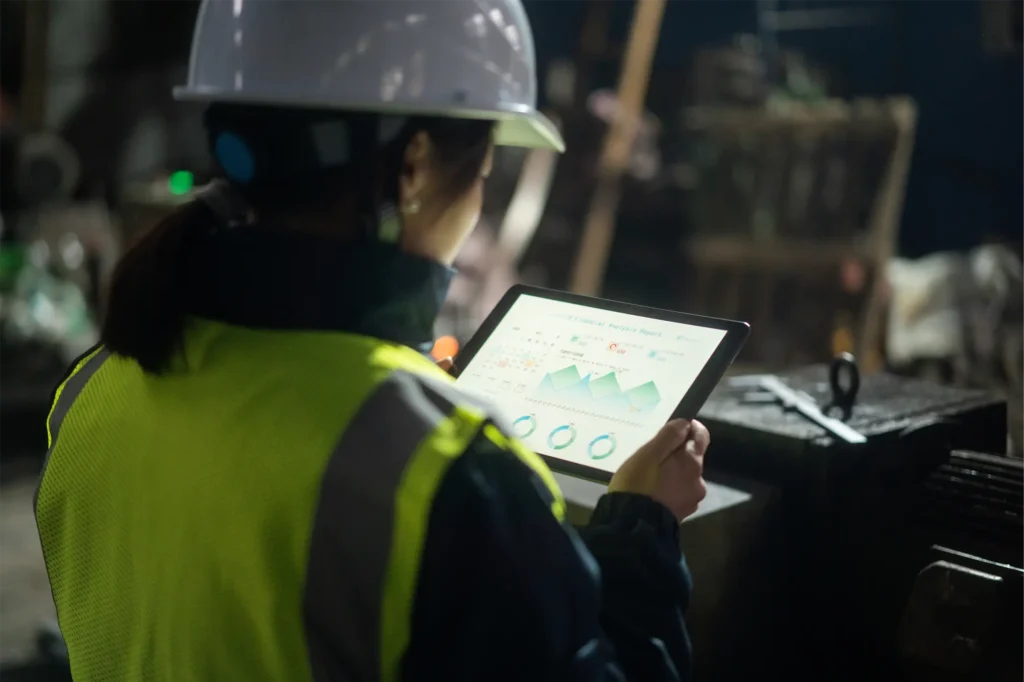Scope 3.1: Regulatory Pressure is Increasing
Which emissions were generated before steel reached the factory? What impact do data processing, hosting services, and air freight have on corporate procurement? Scope 3.1 emissions from purchased goods and services remain a tough regulatory challenge and are difficult to capture accurately. The crux: They often account for around 70% of a company’s total emissions.
From a regulatory perspective, Scope 3.1 emissions remain highly relevant:
- The Technical Working Group of the GHG Protocol has completed the first draft for the revision of Scope 3 – including Category 1. This includes addressing how data should be broken down for reporting purposes and establishing boundaries and exclusion thresholds.
- The SBTi (Science-Based Targets initiative), as the global reference authority, recommends that companies start with their procurement strategies and focus on the activities with the highest CO₂ impact. However, it continues to adhere to its strict certification rules.
- The UK Ministry for the Environment published the LED4Food methodology to measure the greenhouse gas footprint for Scope 3 in the food industry at the product level.
- The European Union expanded the CSRD (Corporate Sustainability Reporting Directive) to include a Double Materiality Assessment. This means Scope 3 emissions must be evaluated both financially and in terms of environmental impact.
Scope 3.1: Are Spend-Based and Generic Supplier Data Sufficient?
Where are we supposed to get the necessary data to fulfill reporting obligations? For companies with globally interconnected supply chains, there are few satisfying answers. One thing upfront: Neither spend-based data nor generalized company data from suppliers are sufficient to meet the requirements. For example, knowing that you purchase €500,000 worth of aluminum annually doesn’t help you with Scope 3.1 accounting. Since you will continue to need aluminum, your only leverage over your CO₂ footprint is in selecting the “right” suppliers – not by spending less on aluminum. A food manufacturer might ask its suppliers for emissions data related to aluminum foil and cardboard packaging. However, the figures provided are usually averages and reveal little about the specific production conditions of the purchased goods.
Scope 3.1: The Value of the Product Carbon Footprint
Compliance risks can only be reduced using product-specific Scope 3.1 emissions data. These can be precisely captured using the Product Carbon Footprint (PCF) Calculator. It is based on Sphera’s MCL database. MCL stands for Managed Content and Life Cycle Assessment (LCA). This carefully curated database offers comprehensive LCA datasets that include environmental and emissions information for products, materials, and processes across their entire life cycle, containing over half a million emissions factors. This enables companies to control their Scope 3.1 emissions even without receiving PCF calculations directly from their suppliers.
Scope 3.1: A Laissez-Faire Attitude Comes at a Cost
Properly capturing Scope 3.1 emissions makes a significant contribution to supply chain sustainability. This isn’t just about climate goals, it also has financial implications. Ignoring supply chain risks inevitably leads to high COI (Costs of Inaction): Non-transparent supply chains hinder compliance and weaken market positioning. In contrast, by implementing mature, integrated solutions for your supply chain sustainability and receiving tailored consulting from Sphera, you can future-proof your business.
Are you ready to go ahead with your Scope 3.1 emissions calculations and reporting now? Talk to our expert.





